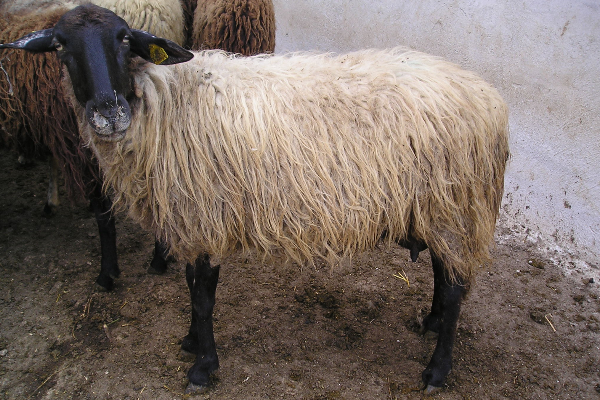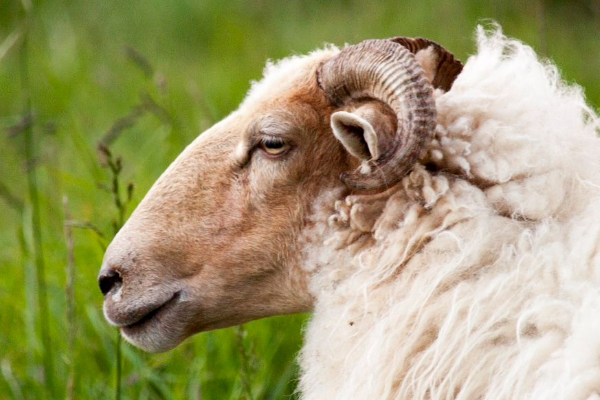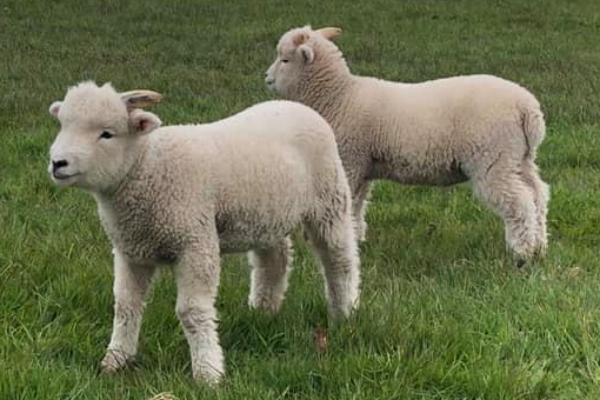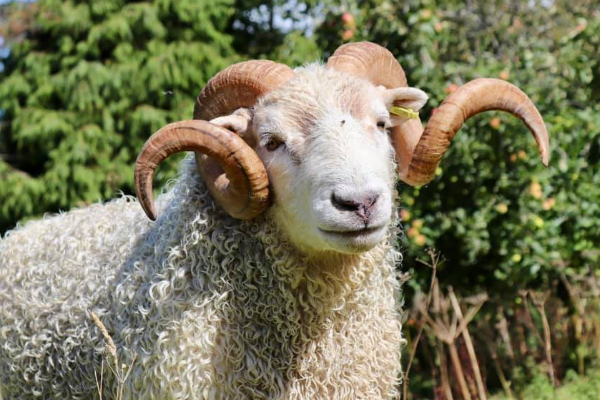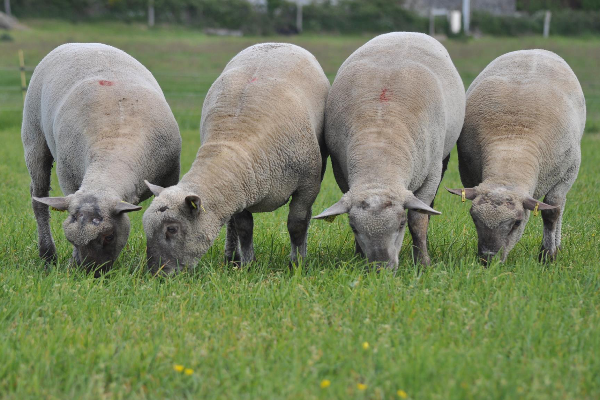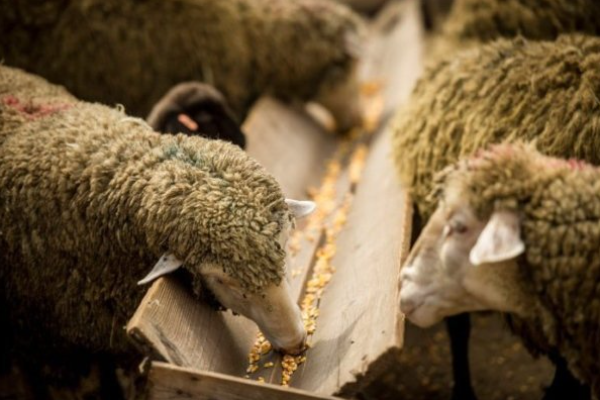Serrai Sheep
What is the history of Serrai Sheep?
The Serrai (a common breed), is a stationary type kept on the plain of the same name in northern Macedonia, Greece. It is superficially similar to the Scottish Blackface, but has a finer fleece than that of the Blackface or Zackel type, approaching the quality of a British Down wool.What are the characteristics of Serrai Sheep?
The Serrai has a Roman nose and thin tail, well adapted to humid areas with high temperatures The entire head and neck are usually black, as well as the legs and belly, and the rest of the fleece has many black fibres.The Serrai rams and Serrai ewes have horns or are polled.
On average, ewes produce 1.5 lambs per litter, single births reach 55%, twins 45% and triplets 3%.
The live weight of the lamb at birth is 4 kg and in two months it reaches 19-22 kg.
They lactate 154 to 236 days (average 221 days) with an average yield of 0.7 kg of milk per day with a 7% fat content.
Some sheep have a brown fleece, and these were said to be better milkers.
The proportion of the income from milk was reported to be 60%, with 35% from meat, and only 5% from wool.
The fibre diameters ranged from 34.4 to 47.2 μm.
What is the weight of mature Serrai Sheep?
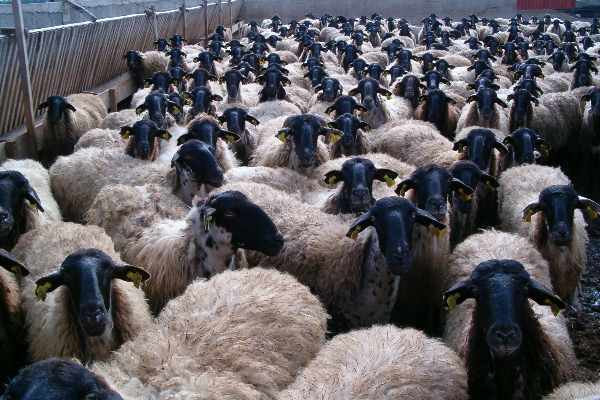
The Serrai ram is weigh 85 kg and a mature Serrai ewe weigh 50–65 kg.
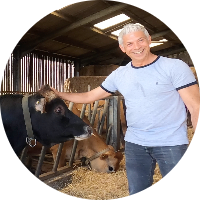
Written by
H Cetin KATIRCI
Online ShepherdBreedsMore
IllnessesMore
Forage cropsMore
![]() Патологическая физиология голодания Arina TARAN
Патологическая физиология голодания Arina TARAN![]() Дефицит фосфора (гипофосфатемия) Hipofosfatemi Arina TARAN
Дефицит фосфора (гипофосфатемия) Hipofosfatemi Arina TARAN![]() Какие бывают кормораздатчики для ферм КРС? Irina Makarova
Какие бывают кормораздатчики для ферм КРС? Irina Makarova![]() Кормушки для овец Diana Myakisheva
Кормушки для овец Diana Myakisheva![]() Питание домашних коз: что едят, виды корма и правила кормления Alina Arslantürk
Питание домашних коз: что едят, виды корма и правила кормления Alina Arslantürk![]() Важность минералов питании сельскохозяйственных животных Irina Makarova
Важность минералов питании сельскохозяйственных животных Irina Makarova
Use of the information/advice in this guide is at your own risk. The Farmow and its employees do not warrant or make any representation regarding the use, or results of the use, of the information contained herein as regards to its correctness, accuracy, reliability, currency or otherwise. The entire risk of the implementation of the information/ advice which has been provided to you is assumed by you. All liability or responsibility to any person using the information/advice is expressly disclaimed by the Farmow and its employees.

